What You Need To Know About The Danger of Microplastics to Your Health – The 5 Ways Plastics Are Harmful To Your Health (And Does Your Plastic Water Bottles Cause Cancer?)
What You Need To Know About The Danger of Microplastics to Your Health – The 5 Ways Plastics Are Harmful To Your Health (And Does Your Plastic Water Bottles Cause Cancer?)
Overview
The danger of microplastics – Whether plastic containers are safe for storing food and water is a question that puzzles many health-conscious individuals, as well
as environmental scientists and health experts. While some reports have suggested that chemicals found in plastic containers may leach into food and cause adverse health effects, others have dismissed the theory as an exaggeration of existing evidence.
But the fact that microplastics and nanoplastics are now omnipresent in our environment and entering the body through various means is considered a cause of concern by scientific communities around the world. Researchers are now actively examining how various forms of plastic behave inside the body and what health risks are associated with their everyday use.
Let’s dive deeper and have a thorough investigation.
Plastics as a human health risk
Dealing with evergrowing plastic waste is one of the most challenging problems today, which is intricately linked with global warming and climate change. Plastic waste we produce kills millions of animals each year and severely affects the life of birds, fish, marine organisms, and nearly 700 other species. It is a well-known environmental hazard that stays around for ages and pollutes everything, from soil to water to air. But overuse of plastics is not only an environmental issue; it poses a direct health risk to humans in multiple ways.
We use plastics in many forms and for various uses. It is used in almost everything around us, including our cellphones, laptops, headphones, automobile parts, clothes, furniture, food containers, water bottles, wraps, bags, kitchenware, irrigation pipes, and whatnot. Being a lightweight, durable, and cost-effective material, plastic has come to dominate our lives in just over a century.
But around 20 years ago, researchers discovered that this convenience comes at a cost. Not only human health but the planet itself is being threatened in a way that we do not fully understand. They found that tiny pieces of fragmented plastics are present everywhere around us, including the air we breathe, the water we drink, the food we eat, the seafood we enjoy, and the soil we cultivate.
What are microplastics?
Plastic is a highly resilient material that takes a very long time to degrade, but it does get broken down into smaller pieces over time. Sometimes, these pieces could be so small to be almost invisible to the human eye.
Microplastics are plastic fragments of less than 5mm in diameter. They may enter the body through direct consumption, inhalation, or skin absorption. Synthetic clothes, paint particles, personal care products, car tires, plastic food containers, and plastic water bottles are some of the major sources of human exposure.
Scientists have found that most microplastics in the environment ultimately end up in oceans, seriously threatening the life and growth of marine animals. From there, they accumulate in the food chain and enter the human body through seafood and table salt.
Environmental scientists at the Wageningen University of Netherlands reported in 2021 that humans (including children) might be ingesting anywhere from dozens to more than 100,000 microplastic specks each day. Over their lifetime, a person might accumulate over 20 kgs of microplastics in their body.
Dangers of microplastics to your health
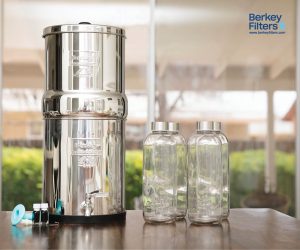
In animal studies and human cell models, microplastics have been shown to cause neurotoxicity, brain inflammation, DNA damage, and mood disorders. Some types are also known to affect the brain development of children.
How microplastics affect human health is poorly understood, but existing evidence suggests that they could be harmful in many direct and indirect ways.
1. May irritate lung tissues
Experts believe that airborne microplastics may act as lung irritants in the same way as asbestos fibers. Constant exposure for a long time may inflame lung tissues and lead to cancer. Even more worrying are the tiniest specks of plastics called nanoplastics that measure less than 1 micrometer. Nanoplastics may enter cells and impair normal cellular functions, causing widespread inflammation.
2. Plastics contain harmful chemicals
Microplastics can be potentially harmful when they come from food containers and water bottles. This is because plastics contain many chemical additives that are added during the manufacturing process to add strength, color, and flexibility. Research shows that chemicals from plastic containers may leach into food, especially when containers are exposed to heat.
This includes endocrine-disrupting chemicals like phthalates and BPA, which are associated with mood disorders, impaired immunity, fertility issues, menstrual irregularity, and digestive discomfort. Some chemicals found in plastic containers are also known to have carcinogenic effects.
3. May increase the risk of infections
Microplastics can attract chemical pollutants and bacteria from the environment, delivering them directly to cells when consumed through food and water. This may increase the exposure to disease-causing pathogens and irritants.
However, scientists think that this may not be necessarily bad, as a lot depends on how these plastic specks move inside the body (which we do not know yet). Also, we are anyway consuming all kinds of toxins from food sources, and uncontaminated microplastics are not as harmful as – not even close to – other pollutants that are commonly found in crops.
4. May impair brain functions
In a May 2022 study, polystyrene microplastics were orally given to mice twice a week for eight weeks. Researchers found that microplastics could penetrate the blood-brain barrier and accumulate in the hippocampus region of the brain, triggering inflammation of brain cells. In the 8-week trial period, mice displayed behavioral abnormality, weakened memory, and impaired learning capabilities. Researchers concluded that exposure to high amounts of microplastics may increase the risk of neurological and neuropsychiatric disorders.
5. May impact female reproductive health
In a Feb 2022 study, polystyrene microplastics were administered to female rats for 35 days. At the end of the trial period, researchers found that microplastics could accumulate in the heart, liver, brain, lung, kidney, intestines, ovary, and blood of exposed mice. It induced inflammation of ovarian tissues and reduced the quality of oocytes (an immature egg). It also reduced the survival rate of superovulated oocytes, thus significantly lowering the reproductive abilities of mice.
Sources of microplastics exposure
Synthetic fibers like polyester are considered a major source of plastic pollution, shedding trillions of airborne microplastics and nanoplastics each year. They are also responsible for about 35% of microplastics in oceans. According to a 2020 study, a synthetic cloth can release approximately 4,000 microplastic specks per gram of fabric during a single wash.
Storing hot food and water in plastics can also cause containers to shed more microplastics than usual. According to a 2021 study, if you prepare baby food in hot water by shaking the mixture in a plastic bottle, your infant might end up consuming over a million microplastic specks each day. Studies have reported that water bottles left in the sun can contaminate water with high amounts of microplastic specks and chemical leaching.
Using plastic containers in the microwave can also have a similar effect. Experts caution that this may be true even for containers that are labeled as “microwave-safe,” as heat can break chemical bonds.
Does your plastic water bottle cause cancer?
No, drinking from plastic water bottles does not cause cancer. Experts point out that while some chemicals may indeed enter the food when containers are exposed to high temperatures, the levels are very low to cause any adverse health effects. Moreover, not all chemicals found in plastics are necessarily toxic.
Even when containers are heated for hours at a time, the amount of chemical leaching is not likely to increase the risk of cancer. They also point out that the cancer-causing effect of plastic food containers, which has been reported in some cell models, is not possible in real-life situations.
However, plastic containers can be harmful in other ways. For example, they can increase your exposure to endocrine-disrupting chemicals and microplastics.
A 2019 study reported that individuals who meet their daily water intake through only bottled sources ingest approximately 90,000 microplastic particles each year, compared to 4,000 for those who never use plastic water bottles.
These numbers were in addition to microplastics coming from food and air, which the study estimated to be anywhere between 74,000 and 121,000 per year for an average American. Researchers also pointed out that these numbers are most likely underestimates, given that the study evaluated only 15% of Americans’ calorific intake.
How can you reduce your plastic exposure?
While eliminating plastics completely from your life is neither possible nor necessary, you can take the following steps to reduce your exposure.
- Consider switching to organic clothes like cotton, silk, hemp, wool, and other natural fibers.
- Cut down on plastic containers for storing edibles and drinking water.
- Avoid microwaving your food in plastic containers, even if it is labeled as “microwave-safe.”
- Do not store hot and oily foods in plastic. Some chemicals may be fat-soluble, and heat from food may increase their leaching.
- Invest in natural skin and personal care products. Avoid products with ingredients like polyethylene, polypropylene, polyethylene terephthalate, or polymethyl methacrylate.
- Avoid plastic tea bags that may release microplastics into your tea when hot water is poured. Instead, try loose tea leaves.
- Avoid bottled or tap water. Consider investing in a good water filter that is capable of removing even the tiniest microplastic specks.
- Regularly clean your house with a vacuum cleaner to remove indoor airborne microplastics.
Final thoughts
We are constantly consuming, inhaling, and absorbing tiny fragments of plastics on a daily basis. Scientists do not fully understand the impacts of plastics and microplastics on human health, and the subject is still under active research. But they believe that microplastics could be potentially dangerous, especially when they are airborne or contaminated with toxins.
Microplastic specks from food containers and water bottles may also contain harmful chemicals that are associated with hormonal disturbances and brain inflammation. Replacing synthetic fabrics (like polyester and nylon) with natural materials like cotton, protecting your plastic food containers from heat, switching to organic skin care products, and investing in a good water filter and using only glass bottles may help reduce your microplastic exposure.
Remember, Do Something Everyday That Heals Your Body!
To Your Health!
References
https://www.nature.com/articles/d41586-021-01143-3
https://www.frontiersin.org/articles/10.3389/fenvs.2022.827289/full
https://www.ncbi.nlm.nih.gov/pmc/articles/PMC8016121/
https://www.nature.com/articles/d41586-021-01143-3#ref-CR1
https://pubmed.ncbi.nlm.nih.gov/33724830/
https://www.nature.com/articles/s43016-020-00171-y
https://www.researchgate.net/publication/333702839_Human_Consumption_of_Microplastics
https://www.ncbi.nlm.nih.gov/pmc/articles/PMC3299092/
https://www.sciencedaily.com/releases/2020/03/200309221340.htm
https://www.nature.com/articles/srep46687
https://pubmed.ncbi.nlm.nih.gov/34740508/
https://www.sciencedirect.com/science/article/pii/S0304389422002199

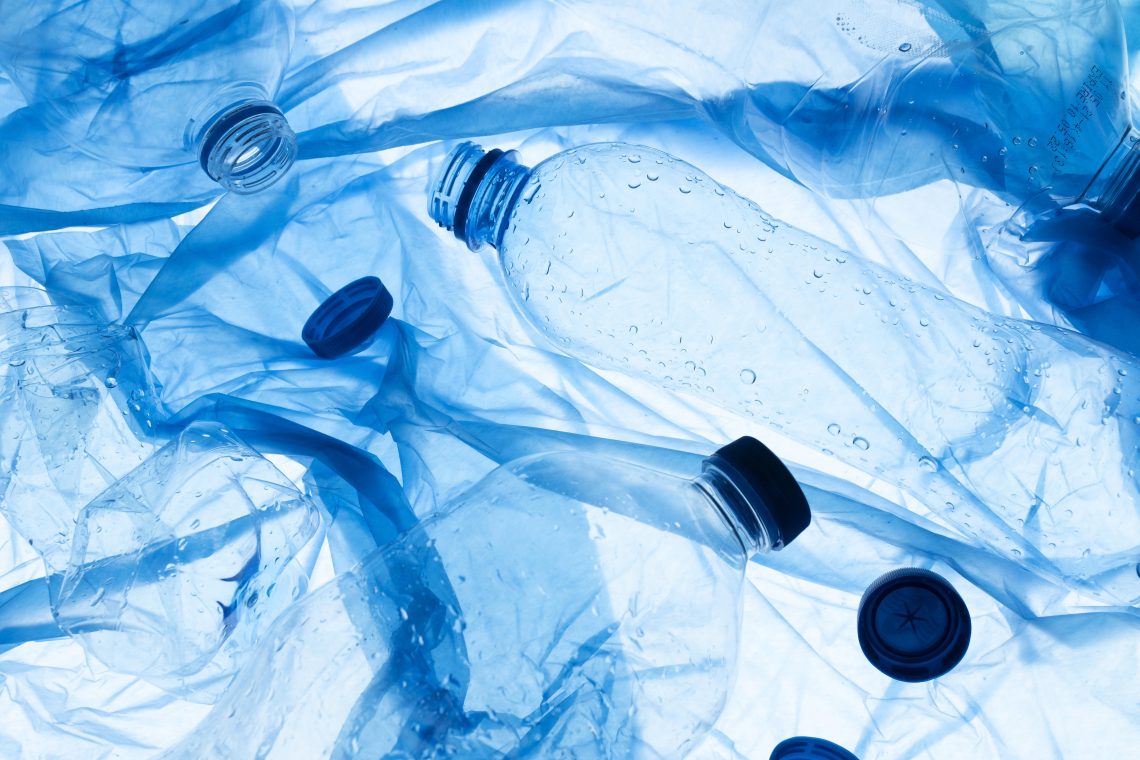


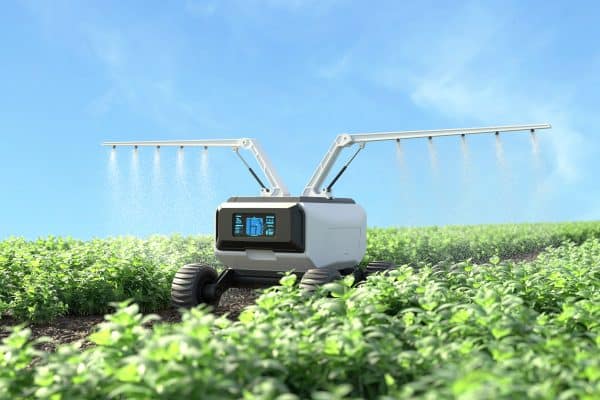

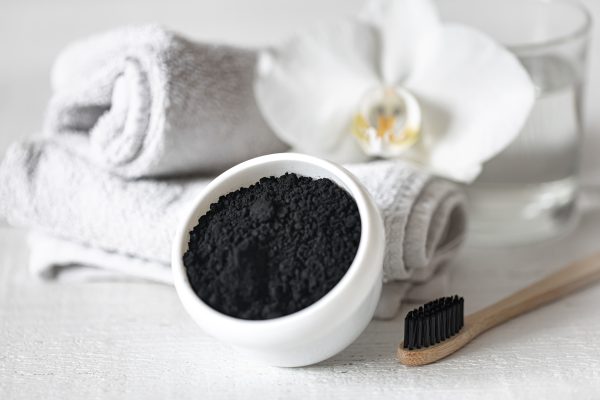

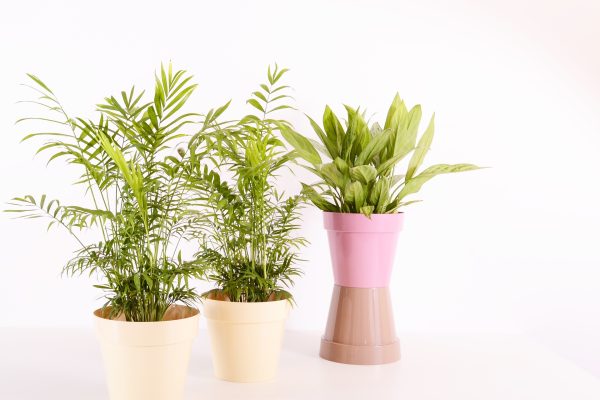





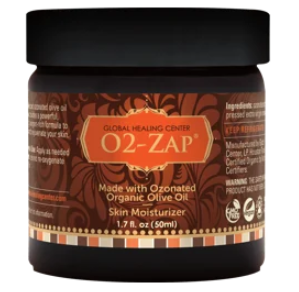
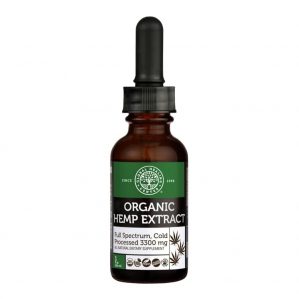











1 Comment
[…] dangers and health risks of […]